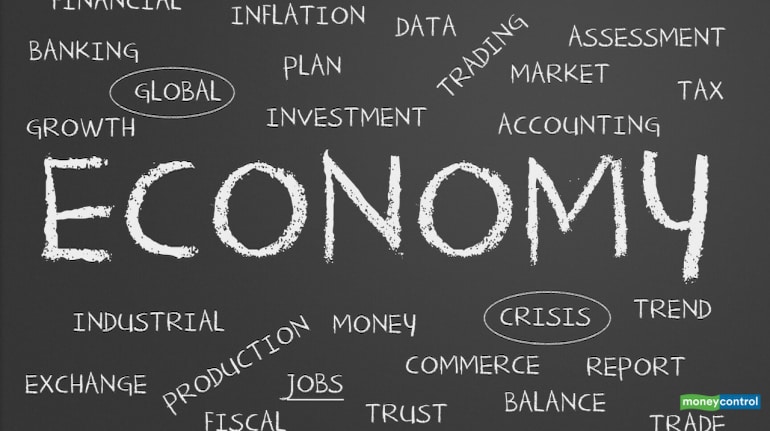



To combat the spread of the deadly novel coronavirus, or COVID-19, India extended the shutdown until May 3. The economy is bleeding due to the restrictions in place, which have affected all sectors.
Barclays research in a recent report estimated the economic loss at $234.4 billion (8.1 percent of GDP) from $120 billion estimated earlier. The British research firm revised its 2020 and FY21 GDP growth forecast further down to zero and 0.8 percent from 2.5 percent and 3.5 percent earlier, respectively.
Let’s study the impact of the lockdown on the Indian economy. Barclays expects a higher economic loss due to higher-than-expected output losses in the agriculture, utilities, construction, and wholesale and retail sectors.

More urbanised states to register large economic losses due to the lockdown.

The research firm expects inventory rebuilding and some release of pent-up consumption to boost demand in June and Q3 2020.

New forecasts show a bigger drop and shallower recovery.

Discover the latest Business News, Sensex, and Nifty updates. Obtain Personal Finance insights, tax queries, and expert opinions on Moneycontrol or download the Moneycontrol App to stay updated!
Find the best of Al News in one place, specially curated for you every weekend.
Stay on top of the latest tech trends and biggest startup news.